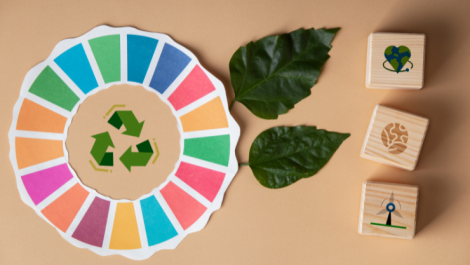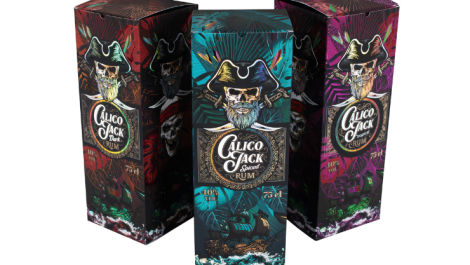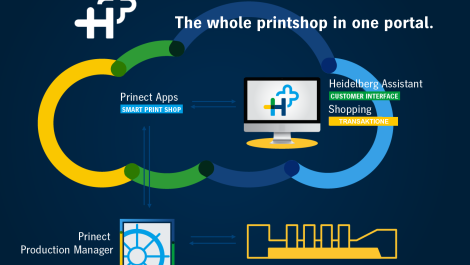The weekly Verdigris blog by Laurel Brunner
When it comes to commitment to the environment and sustainability in the graphic arts, Ricoh is a clear leader having been at it since the 1990s. The company’s belief is that “economic, social, and environmental issues are inseparable” according to its sustainability report for 2014. For a company with over 100,000 employees and operations in some 200 countries worldwide, managing and measuring progress on sustainability is quite a challenge.
But environmental awareness has been a key principle for Ricoh since its founding, and the company was an early signatory to the UN Global Compact. This is a set of principles, essentially a code of conduct, that requires signatories to actively pursue environmental policies. Specifically businesses are expected take “a precautionary approach to environmental challenges” and be active in promoting environmental responsibility and sustainable technology development.
In the 2014 report Ricoh outlines its approach for the future and for how it intends to marry sustainability goals with shareholder value. The company is breaking away from conventional economic models based on consumption. The business model Ricoh is pursuing favours a model that is socially and environmentally sustainable, as well as delivering shareholder value. Various Key Performance Indicators (KPIs) have been set and Ricoh is applying the Plan, Do, Check, Act (PDCA) quality control method invented by W. Edwards Demming, an American management consultant. This quality assurance approach is being applied to Ricoh’s own Corporate Social Responsibility policy. It’s also being applied to environmental efforts such as pollution prevention, energy management and recycling throughout Ricoh’s supply chains.
When it comes to fixing the damage industry has done to the environment, long term vision is what all large corporations must offer. Instead of chasing improved share prices using short term strategies, global corporations and their shareholders should be looking for a better balance between profits and sustainability. This takes commitment and leadership from the world’s big hitters, but it doesn’t mean that profits should be compromised: without profits there are no jobs for people and no incentives to develop new technologies and ideas. The biggest idea is to balance profits with environmental sustainability so that the planet can recover and thrive. Graphic arts professionals are obviously part of this model, especially for Ricoh because imaging and solutions account for nearly 90% of its business.
Ricoh turns 80 next year so we expect sustainability to be a big part of its presence at drupa. Look out for initiatives to support print media providers in their efforts to develop business models that are sustainable both in terms of profits and of the planet.
http://verdigrisproject.com/blog/planning-doing-checking-and-acting-on-sustainability
This article is part of the Verdigris series of stories about understanding the environmental impact of print. The Verdigris Project is supported by Agfa Graphics, Canon Europe, Digital Dots, drupa, EcoPrint, EFI, Fespa, HP, Pragati Offset, Ricoh, Splash PR, Unity Publishing and Xeikon.





